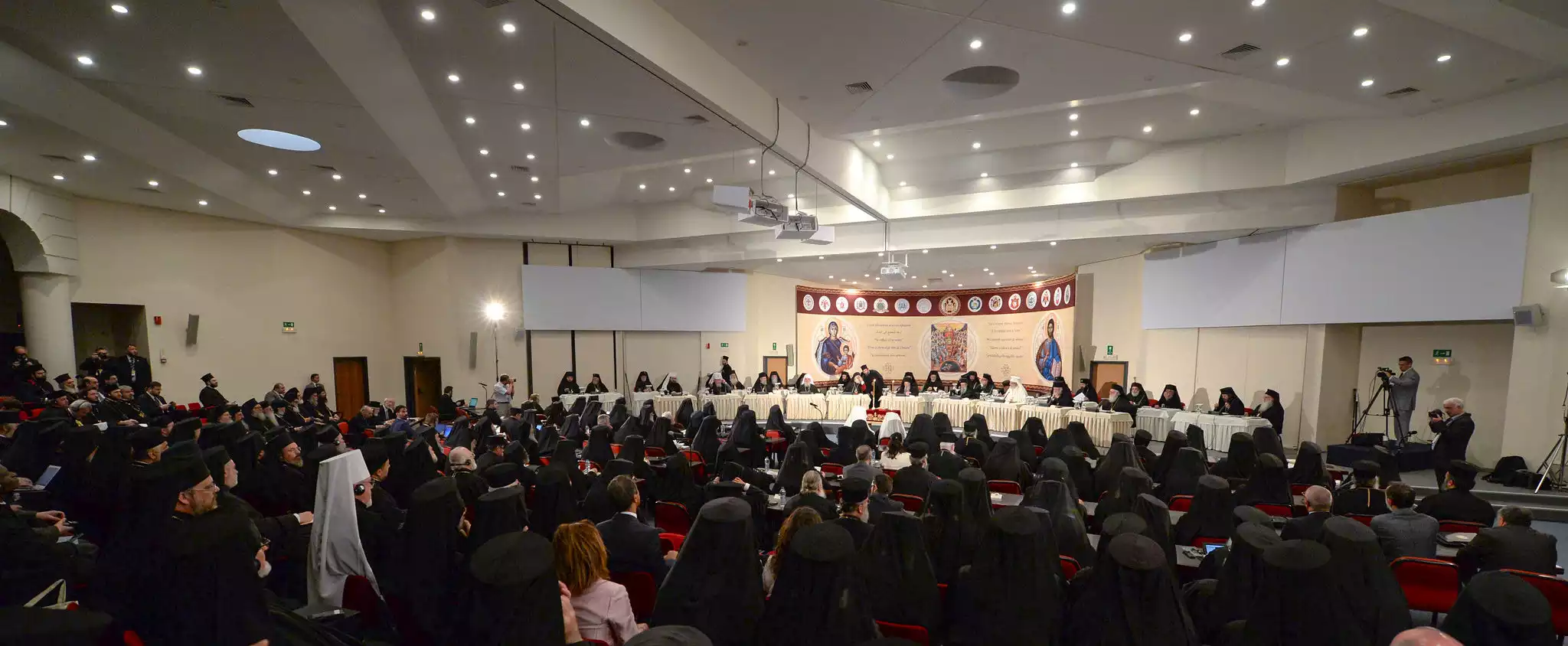
The Essence of Autocephaly in Orthodox Christianity
Autocephaly, derived from the Greek words ‘autos’ (self) and ‘kephale’ (head), embodies the concept of self-governance within the Orthodox Church. This principle grants individual Orthodox Churches the freedom to govern their own affairs, from electing their heads to managing internal matters, without external interference. This decentralized approach to ecclesiastical governance highlights a fundamental aspect of Orthodox tradition – the respect for local customs and traditions, coupled with an overarching unity under the spiritual guidance of the Ecumenical Patriarchate.
The Ecumenical Patriarchate, traditionally based in Constantinople, holds a unique position in the Orthodox world. As the ‘First among Equals,’ it symbolizes a harmonious leadership that respects the autonomy of each autocephalous Church while maintaining a spiritual bond that transcends geographic and cultural boundaries. This role, steeped in history and tradition, is not one of dominance but of honor and responsibility, serving as a beacon of unity and a guardian of the faith’s integrity.
The interplay between autocephaly and the primacy of the Ecumenical Patriarchate forms the backbone of Orthodox ecclesiology. It reflects a profound understanding of unity in diversity, where each autocephalous Church, with its distinct liturgical practices and administrative structures, contributes to the greater whole of the Orthodox communion. This ecclesiastical arrangement, evolving over centuries, has enabled the Orthodox Church to adapt to various cultural contexts while maintaining its core doctrinal purity and spiritual unity.
The Harmonious Symphony of Autocephalous Churches
The landscape of Autocephalous Orthodox Churches is akin to a harmonious symphony, where each Church, while independent, resonates with the collective ethos of Orthodox Christianity. This arrangement allows for a unique expression of faith that reflects the cultural and historical context of each Church, fostering a rich tapestry of liturgical and theological diversity. The Russian, Greek, Bulgarian, Serbian, and Romanian Orthodox Churches, among others, exemplify this diversity. Each Church, with its own Patriarch or Archbishop, functions as a self-governing entity, yet remains intrinsically linked to the spiritual heritage and doctrinal foundations of Orthodoxy.
This ecclesiastical structure, far from causing division, strengthens the bonds of unity within the Orthodox Church. The principle of conciliarity, or sobornost, underpins this unity, emphasizing the collective responsibility and interdependence of all Churches. Major decisions, particularly those concerning doctrine and canonical issues, are made in a conciliar manner, reflecting a deep-rooted commitment to preserving the faith’s integrity and unity.
In the realm of Orthodox Christianity, the concept of autocephaly and the role of the Ecumenical Patriarchate embody a profound balance between autonomy and unity. This delicate equilibrium ensures that each autocephalous Church maintains its unique identity and governance while remaining a cohesive part of the greater Orthodox communion. The enduring strength of this system lies in its ability to adapt to diverse cultural landscapes while upholding the timeless truths of the Orthodox faith. In this, the Orthodox Church demonstrates a remarkable capacity for unity in diversity, a testament to its spiritual resilience and doctrinal fidelity.
References
FitzGerald, Thomas. “Orthodox Christianity: A Historical Overview.” Yale University Press, 2010.
Meyendorff, John. “Orthodox Church: Its Past and Its Role in the World Today.” St. Vladimir’s Seminary Press, 1981.
Ware, Timothy. “The Orthodox Church: New Edition.” Penguin Books, 1993.
Zizioulas, John D. “Being as Communion: Studies in Personhood and the Church.” St. Vladimir’s Seminary Press, 1985.
